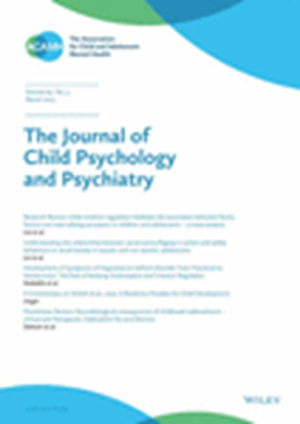Daily fluctuations in adolescents' sleep predict next-day attention, sleepiness, and fatigue: an ecological momentary assessment study over 28 days
Abstract
Background
Current understanding of the associations between adolescents' daily sleep and daytime alertness and fatigue under naturalistically occurring restricted (school) and unrestricted (vacation) sleep opportunities is limited.
Methods
A convenience sample of adolescents (n = 205; 54.1% females, Mage ± SD = 16.9 ± 0.87 years) completed daily measures of sleep, alertness, and fatigue over 28 days (2 weeks during school, and the subsequent 2-week vacation). Actigraphy and sleep diary total sleep time (TST) and sleep efficiency (SE) were measured. Participants self-reported sleepiness and fatigue every morning and afternoon, and completed a tablet-based, 3.2-min psychomotor vigilance task (PVT) every afternoon. Cross-lagged multilevel models tested daily TST and SE as predictors of next-day subjective sleepiness/fatigue and PVT performance. Between- (i.e., differences between individuals) and within-person associations (i.e., whether nights with higher-than-individual's-average TST/SE, predict next-day outcomes) were tested simultaneously. Covariates included previous-day outcome, day of the week, study day (1–28), school/vacation, chronotype, and sociodemographic variables.
Results
Within-persons, higher-than-average TST and SE (both actigraphy and diary) predicted better next-day PVT performance (all p ≤ .006), and lower subjective sleepiness and fatigue the following morning and afternoon (all p ≤ .032). Between-persons, adolescents with higher overall diary SE had lower morning subjective sleepiness (p < .001) and fewer PVT false starts in the afternoon (p = 0.02).
Conclusions
Nights with longer- and higher-than-average sleep efficiency (both actigraphy and diary) predicted better daytime alertness and fatigue, both when examined objectively via sustained attention and via self-report. These findings are relevant for understanding the significance of sleep for adolescents' day-to-day alertness levels and fatigue, particularly in the context of classroom learning and road safety.

 求助内容:
求助内容: 应助结果提醒方式:
应助结果提醒方式:


